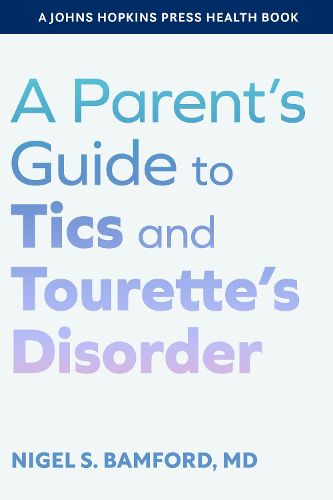Readings Newsletter
Become a Readings Member to make your shopping experience even easier.
Sign in or sign up for free!
You’re not far away from qualifying for FREE standard shipping within Australia
You’ve qualified for FREE standard shipping within Australia
The cart is loading…






A comprehensive guide to understanding and navigating children's tics and Tourette's disorder.
In this accessible guide, Nigel S. Bamford, MD, provides an essential and comprehensive resource for understanding and managing tic disorders, including Tourette's disorder. This book offers parents, caregivers, and health care providers the knowledge and tools to effectively support children with these neurological conditions.
In careful and easy-to-follow detail, Dr. Bamford covers what parents should know:
This comprehensive, empathetic overview equips parents with strategies to navigate the health care system, advocate for their children, and better understand their children's conditions. Dr. Bamford's focus on individualized interventions, the importance of communication, and ongoing research efforts will help improve the quality of life for children with a tic disorder.
$9.00 standard shipping within Australia
FREE standard shipping within Australia for orders over $100.00
Express & International shipping calculated at checkout
A comprehensive guide to understanding and navigating children's tics and Tourette's disorder.
In this accessible guide, Nigel S. Bamford, MD, provides an essential and comprehensive resource for understanding and managing tic disorders, including Tourette's disorder. This book offers parents, caregivers, and health care providers the knowledge and tools to effectively support children with these neurological conditions.
In careful and easy-to-follow detail, Dr. Bamford covers what parents should know:
This comprehensive, empathetic overview equips parents with strategies to navigate the health care system, advocate for their children, and better understand their children's conditions. Dr. Bamford's focus on individualized interventions, the importance of communication, and ongoing research efforts will help improve the quality of life for children with a tic disorder.